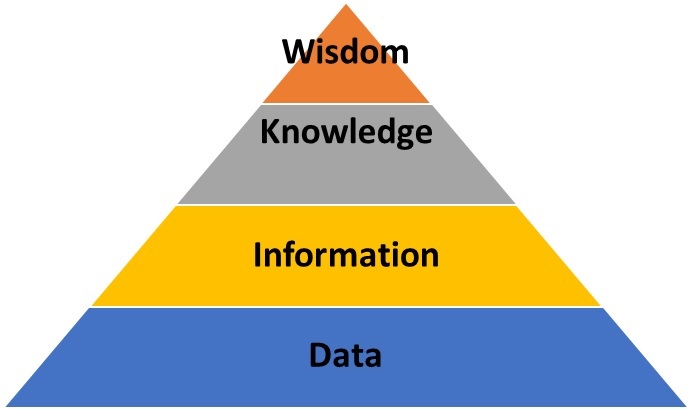NEWS RELEASE March 2017
IIoT and FGD Control: The Opportunity and the Challenge
The industrial internet of things (IIoT) combined with remote operations and maintenance promise to make the reduction of SO2 from power plants much more cost effective. Flue gas desulfurization systems are costly to operate. The reagent consumption can be as high as 4 percent of the total coal consumption. The fans and pumps consume several percent of the plant’s electrical output. Large wastewater treatment systems separate gypsum, flyash and toxic metals. Due to tough emission limits around the world the performance of the FGD system is essential to operation.
Most of the new FGD systems are being built in countries without the mechanical and chemical engineering FGD experience which has accumulated over decades in the U.S., Europe, and Japan. With cost effective sensors and wireless technology this experience can be utilized throughout the world.
IIoT is already being modestly applied to coal-fired power plants. With new open platform cloud-based programs, a number of separate initiatives can be integrated and leveraged.
Luminant and Duke Energy already have remote centers monitoring the rotating parts at all their plants. Lhoist is monitoring liquid lime levels and controlling reagent inventory in wastewater applications. Monitor Technologies has radar-based level measurement for remote monitoring of bulk lime and limestone levels as well as flow measurement for pneumatic conveying of reagents. Thermo Fisher has a remote center monitoring the SO2 and other emissions. Nalco has a remote center operating day and night to monitor water quality.
MHPS has a remote center in the Philippines and is expanding into monitoring of combustion in coal-fired power plants. Flowserve has remote monitoring of valves and pumps. Howden has remote monitoring of fan and compressor operations. These systems can reduce the cost of SO2 control maintenance by being proactive as opposed to predictive or reactive. Several companies offer remote monitoring of coal flow and ensure that the correct weight (not volume) is introduced into the boiler.
With new open access platforms and the cloud, it is now possible for operators and their suppliers to view all the relevant information at any location. Furthermore, impacts on the balance-of-plant can be constantly included in the decision making with inclusion of other centers such as the one created by Nalco to measure water quality impacts.
The integration of this information for the plant operator is only the first step. Remote monitoring will enable remote operations and maintenance. This means that a plant in a developing country can be operated with the same expertise as one in a country steeped in FGD control experience. Uniper (the large German utility) and India Power have a joint venture to provide O&M services to Indian power plants. Luminant is offering to use its remote center to provide monitoring activities for industrial plants in Texas and other areas.
The cost of sensors is falling while the ability to measure critical parameters is expanding. Wireless telemetry makes possible communication of vast amounts of information at low cost. So how does the FGD industry take advantage of this opportunity. The answer lies in climbing the pyramid.
Emerson calls the decision pyramid DIKW. At the bottom you have data. Next is information, followed by knowledge. At the top is wisdom. Here is how that pyramid can be applied to FGD.

| Means | Parameter | |
| Data | Sensors, Instruments, Wireless Telemetry | Vibration, temperature, pressure, SO2, HCl, pH, Hg. |
| Information | Historian, Edge Computing, Permitted NOx and NH3 Emissions | Flow of coal, reagent, flue gas, air emissions |
| Knowledge | Data Analytics | Empirical knowledge of the unexpected such as scaling, chloride saturation, mist carryover. |
| Wisdom | Remote Monitoring, Subject Matter Expertise, Knowledge Systems | Upgrading pumps, and valves, changing operations to meet new regulations, adjusting to reagent price changes |
Worldwide companies such as Lhoist and Lafarge are well positioned to lead the way. Lafarge has digital services in many developing countries to help small calcium products sellers inventory their goods. They also have IIoT experience at their plants. They have teamed with Schneider Electric at their Dujiangyan cement plant in China which has three cement lines with a production capacity of over 5 million metric tons per year. The IIoT program has provided:
- Kiln operation optimization
- Monitoring clinker over-burning
- Over-cooling improvements in the cement finish grinding operation
- Maximizing efficiencies in the operating hours within cement mills
- Air compressor optimization, with a centralized control system avoiding idle running of air compressors
- Enhancements in crew performance with "Kiln Coach Report”
- A project payback period of two years
- Valuable energy improvements by reducing power consumption by 0.8kWh/t cement
- Production cost and CO2 emissions have been reduced
- Remote access of the system also facilitates technical support when required, as well as access for ongoing energy analysis consulting and support.
The success of IIoT and Remote O&M for FGD and other coal-fired power plant operations will be greatly enhanced by capturing the experience of other industries and forming collaborative ventures with large numbers of suppliers. McIlvaine has both the technical and market decision systems to aid these groups.
The market opportunities for IIoT are analyzed in N031 Industrial IoT and Remote O&M
The FGD market opportunities are analyzed in N027 FGD Market and Strategies
Knowledge support is provided in 44I Coal-fired Power Plant Decisions



